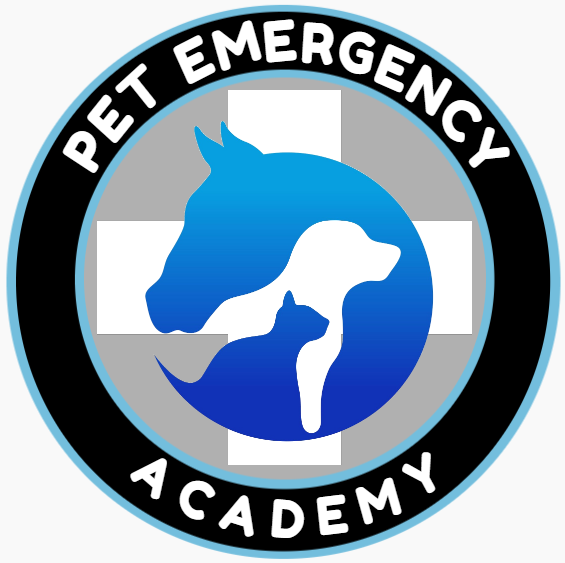When to take your bird to a veterinarian
Physical Assessment
Triage is the art of assigning priority to emergency patients and their problems based on rapid assessment of historical and physical parameters. The triage should take about 5 minutes. The goal is to quickly identify there is a problem so that they can be treated immediately. Perform a rapid, whole body exam looking for abnormalities.
Be Prepared
By being prepared for an emergency:
- Having your avian vet’s phone numbers
- Avian First Aid Kit
- Knowing how to safely restrain the bird
- Being educated on how to perform avian first aid
- Having a heating pad, towel and carrier on hand to safely transport your bird
In the Event of an Emergency:
- Stay calm
- Gently restrain your bird
- Assess the situation to see if it is something you can handle or if you need to stabilize your bird before transport to an avian veterinarian
- If the bird appears sick, stabilize the bird
- Keeping the bird warm in an incubator or a small, covered cage placed on a heating pad (set on low temp) or if necessary, a larger cage covered by an electric blanket. Heat is a must for sick birds and the recommended temperature range is 80 – 85°. It allows the bird’s bodily systems to work on fighting the infection rather than on maintaining its body heat.
- Encourage them to eat and drink
- Give them a chance to rest in a quiet, dark room. Sick birds not only need heat but up to 16 hours of restful sleep.
- If bird is injured, take the appropriate level of action depending on the nature of the emergency
- Call your Avian Vet as soon as possible for further advice.
Signs Requiring Veterinary Attention
General
- poor general appearance (feathers look ratty)
- fluffed feathers (looks fatter)
- not eating, changes in eating habits, or reduced appetite
- changes in amount of drinking
- weakness
- drooping wings
- listlessness, inactivity, depression
- reluctance to move
- sleeping more
- trauma or bleeding
- changes in weight (increased or decreased)
Behavior
- any change in regular attitude, behavior, or personality
- unusually tame behavior
- irritability, agitation, biting
Eyes
- closed eye
- eye discharge
- red eye
- cloudy eyes
- swelling (around, or of the eyes)
Respiratory
- labored breathing or open mouth breathing
- tail bobbing with each breath
- nasal discharge
- blocked nostrils
- increased or decreased nostril size
- sneezing (excessive)
- wheezing or wet breathing
- coughing
- cere (the skin around the nostrils) irregularity
- staining of the feathers around the nostrils
- change in voice or no voice
Skin and Feathers
- abnormal feathers (dull color, texture, shape, structure, growth)
- bleeding blood or pin feathers (new feathers)
- prolonged molt
- feather changes (color, chewed, plucked, damaged, baldness, or feather loss)
- skin (flaky or crusty, or sores)
- excessive scratching
- abnormal beak (color, growth, overgrown, texture)
- abnormal nails (color, growth, overgrown, texture)
- trauma, cuts, bruises
- lumps, bumps, swellings, or bulges on the body
Musculoskeletal
- sore feet
- sore wing
- lameness or shifting of body weight
- swollen joints
- paralysis
- weakness
- drooping wings
- not perching, sitting on bottom of cage
Digestive and urinary
- wet droppings
- diarrhea (watery feces)
- change in the color of the droppings (red, yellow, tarry, pale)
- staining of the feathers around the vent (anus)
- decreased droppings
- straining to defecate
- wet feathers around face and head
- vomiting or excessive regurgitation
- protrusions from the vent (prolapse)
Neurological
- balance problems
- head tilt
- falling
- seizures
- unconsciousness
- paralysis
- weakness
Always seek veterinary attention if a bird is seriously sick and/or injured.
